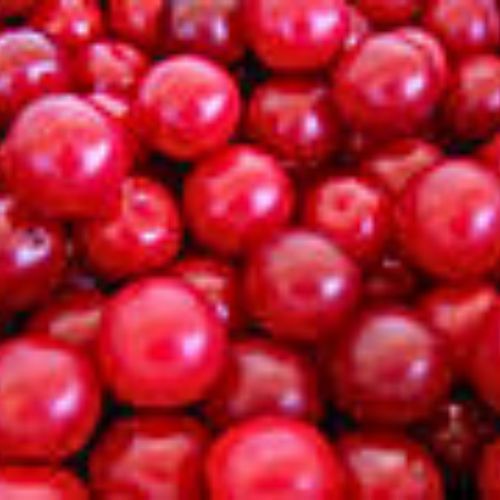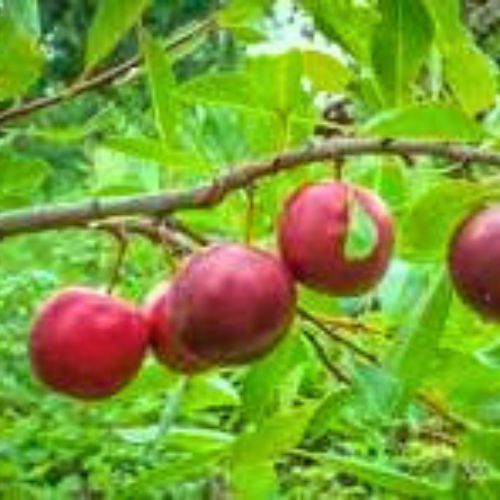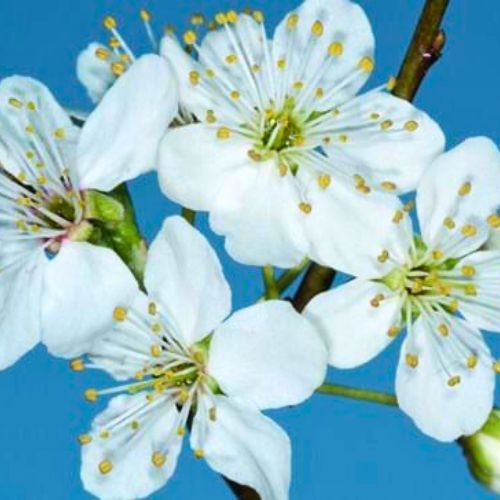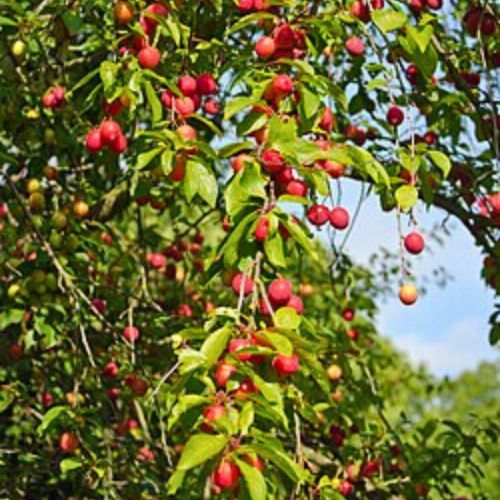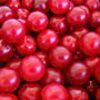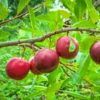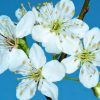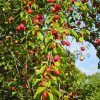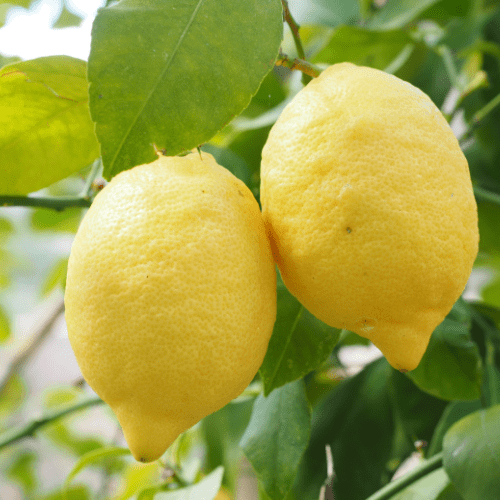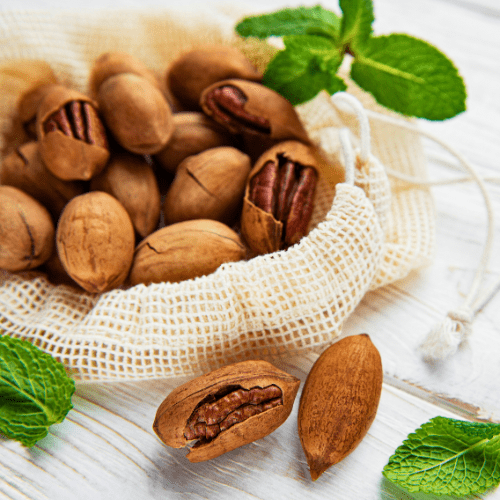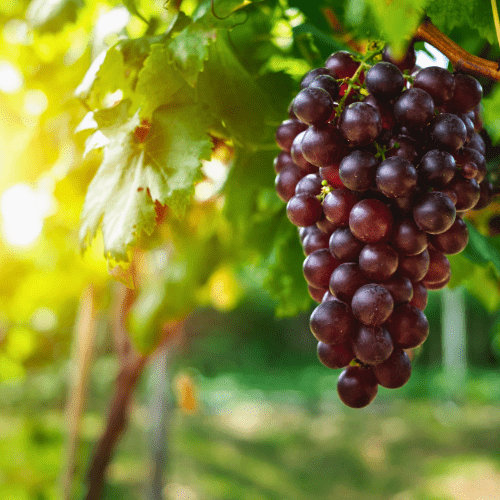Position
Plant cherry plum trees 3 to 10 m apart, to ensure adequate airflow, sunlight, and pollination, and to prevent overcrowding. Select a spot that receives full sun (at least six hours of direct sunlight daily), ideally in an open area.
Size
Cherry plum can grow to a 10 m tree with a spreading crown. It grows fast, but is short-lived.
Soil Type
The best soil for a cherry plum is well-draining, loamy soil with a mix of sand, silt, and clay, and a pH between 6 and 7.5. Adding organic matter, such as compost, enhances drainage, improves moisture retention, and increases nutrient content, thereby supporting healthy growth.
Newly planted plum trees need consistent moisture for root establishment. Mature trees are drought-tolerant but still require regular watering, about 2-3cm per week. Water deeply to encourage deep root growth. Drip irrigation systems and soaker hoses are effective for providing consistent moisture. Water at the base of the tree to avoid wet foliage and reduce the risk of fungal diseases.
Mulching
Apply organic mulch to your plum tree all year round.
Use from 2 to 5 centimetres of pine bark mulch to protect the roots from UV damage and drying out. It retains moisture and maintains an optimal pH. Do not let the mulch touch the plant stem, as it may cause infection or rot..
Fertilising
Apply our slow-release all-plant fertiliser. Apply 1 teaspoon every 4-5 months. The roots will absorb what they need.
Alternatively, apply a balanced fertiliser (such as 10-10-10) in early spring before new growth begins. Thereafter, fertilise annually in early spring.
Pruning
Prune cherry plum trees in late winter or early spring before flowering to remove dead or crossing branches. A summer prune in July or August can also be beneficial for thinning out the tree, controlling its size, and improving fruit quality by removing some of the new season’s growth.
Remove inner branches to allow light and air to penetrate the tree’s center. For young trees, establish a strong framework; for mature trees, maintain the desired shape. When making cuts, cut back to a healthy bud and at a slight angle to promote healing. If the tree is getting too tall or wide, prune it to maintain a manageable size.
Pests and Diseases
Pests that may be encountered are plum Sawfly, Aphids, Winter Moth, and Scale Insects. You may also develop brown rot or bacterial infections, which can cause small holes in the stem or leaves.
Spraying regularly with Agricultural Neem Oil or Effective Microorganisms (EM Control) will assist in either prevention or after the fact. If you already have an infestation, wash the tree with a harsh hosing, and when dry, spray with Neem oil or EM Control.
Practice good garden hygiene (remove fallen fruit and leaves). Watch for root rot (caused by overwatering) and fungal infections during wet periods.
Harvesting
Your tree should begin to produce fruit when it is about 3 to 5 years old. Fruit will be ready for picking from June through to October.

